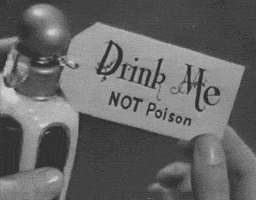
Mercury and Arsenic: A History of Toxic "Cures"
Mercury, one of the most toxic heavy metals known to humans, has a long and unsettling history in medicine. It’s ironic, even shocking, that something so poisonous, infamous for causing neurological damage and other devastating health effects, was once deliberately used in medical treatments. Today, the debate over mercury’s safety—particularly its role in vaccines via thimerosal—remains highly contentious. But the story of mercury in medicine stretches far deeper, raising disturbing questions about the true motives behind its promotion and the lasting damage it has caused.
For centuries, mercury and arsenic were touted as miracle cures for diseases like syphilis, gonorrhea, bubonic plague, leprosy, tuberculosis, malaria…you name it. These metals were also used in agriculture, contaminating the environment and often affecting vulnerable populations. In the 19th and early 20th centuries, mercury and arsenic were not only pervasive in medical treatments but also played a significant role in the agricultural sector as pesticides and fungicides. The parallels between their use in both fields—and the damage they caused—reveal a darker narrative, one that suggests these substances may have been used not just as medical treatments, but as tools of experimentation and population control.

The Medical Use of Mercury and Arsenic: A Deadly Legacy
Mercury became a popular treatment for diseases in the early days of Western medicine (but can be traced back to ancient Egyptian times for multiple uses). Mercury was used to treat syphilis as early as the 15th century. Syphilologists, the doctors who specialized in the study and treatment of this disease, were among the first to administer mercury in the form of ointments, pills, and injections. However, the symptoms of mercury poisoning—such as oral ulcers, neurological issues, and tremors—eerily mimicked the advanced stages of syphilis itself.

This overlap raises a critical question: Were these doctors truly treating syphilis, or were they merely poisoning their patients with heavy metals creating or exacerbating the very symptoms they were trying to cure?
Back in the day, “syphilis” cures were downright bizarre—one treatment involved giving people who were diagnosed with syphilis a dose of malaria-infected blood. Because, obviously, nothing says healing like mixing two supposed germ theory based infections! But hold on: what are syphilis and malaria really? Just a couple of bacteria and those tricky viruses that seem to have mastered the art of hide-and-seek and are unable to be isolated without adding a bunch of stuff to a petri dish to find them? Or are we just dealing with a smorgasbord of different poisons? And honestly, which came first: the illness or the poisoning? It's a perplexing medical mystery that leaves you scratching your head (not really and I am not really buying this germ theory based nonsense in this video but the info aside that is interesting)!
Here is a list of some mercury-based medicines used throughout history, along with the pharmaceutical companies that produced them and their time periods:
1. Calomel (Mercurous Chloride)
Usage: Used widely as a laxative and treatment for syphilis, yellow fever, and various other illnesses from the 16th to the 19th century.
Pharmaceutical Companies: Various apothecaries and early pharmaceutical companies produced calomel, including Burroughs Wellcome & Co. in the late 1800s and early 1900s.
Time Period: 16th to early 20th century.
Toxicity: High toxicity due to mercury buildup in the body, causing conditions like mercurialism (mercury poisoning), resulting in neurological damage.

Wilderness Use by Lewis and Clark: During their expedition, Lewis and Clark packed calomel (mercury chloride) to treat a range of health issues like constipation and digestive problems, despite its toxicity.
Dr. Rush's Bilious Pill: The explorers frequently used Dr. Rush’s Bilious Pill, a popular remedy containing 10 grains of calomel per dose, as a fast-acting purgative for their crew.
Historical Significance in Archaeology: Modern researchers have used mercury traces in latrine sites to identify several of the 600 campsites along Lewis and Clark’s route, providing valuable historical insight (and goes to show how long this stuff stays around in the environment). Were people getting sick when there was poor sanitation due to mercury exposure in these populations taking mercury as pharmaceuticals?
2. Mercurochrome (Merbromin)
Usage: Introduced as an antiseptic for treating minor cuts and wounds.
Pharmaceutical Company: Johnson & Johnson.
Time Period: Introduced in the early 1910s, discontinued in the U.S. after 1998.
Toxicity: Mercury toxicity with prolonged exposure, leading to it being phased out in many countries.
3. Blue Mass (Mercury Pill)
Usage: Prescribed in the 18th and 19th centuries for conditions like constipation, depression, and syphilis.
Pharmaceutical Companies: Produced by early apothecaries before formal pharmaceutical companies emerged.
Time Period: 18th to 19th century.
Toxicity: Known to cause mercury poisoning, leading to tremors, mood swings, and cognitive decline.

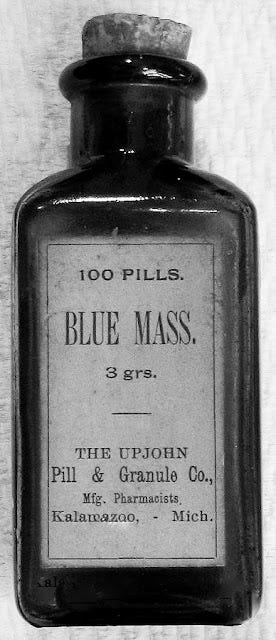
Historical Context: During the American Civil War (1861-1865), Blue Mass (Pilula hydrargyri) were prescribed to soldiers for a variety of supposed health issues, including venereal diseases, digestive problems, and general debility.
Usage:
The pills were often used as a treatment for supposed syphilis, which was said to be prevalent among soldiers in military camps. They were considered effective for their supposed antiseptic properties.
They were also prescribed for other conditions like diarrhea, dysentery, and fever, owing to their purgative and diuretic effects.
Prophylactic Use: Some military doctors prescribed these mercury pills as a “preventive measure” against worsening symptoms of syphilis or other venereal diseases, believing that early treatment could curb disease progression.
Health Risks:
The use of this mercury based therapeutic led to significant health issues among soldiers due to the toxicity of mercury, resulting in mercurialism (mercury poisoning), which caused symptoms such as neurological damage, kidney problems, and gastrointestinal distress.
The toxicity and side effects often overshadowed the intended therapeutic benefits, highlighting the dangers of heavy metal treatments in medical practice during that era.
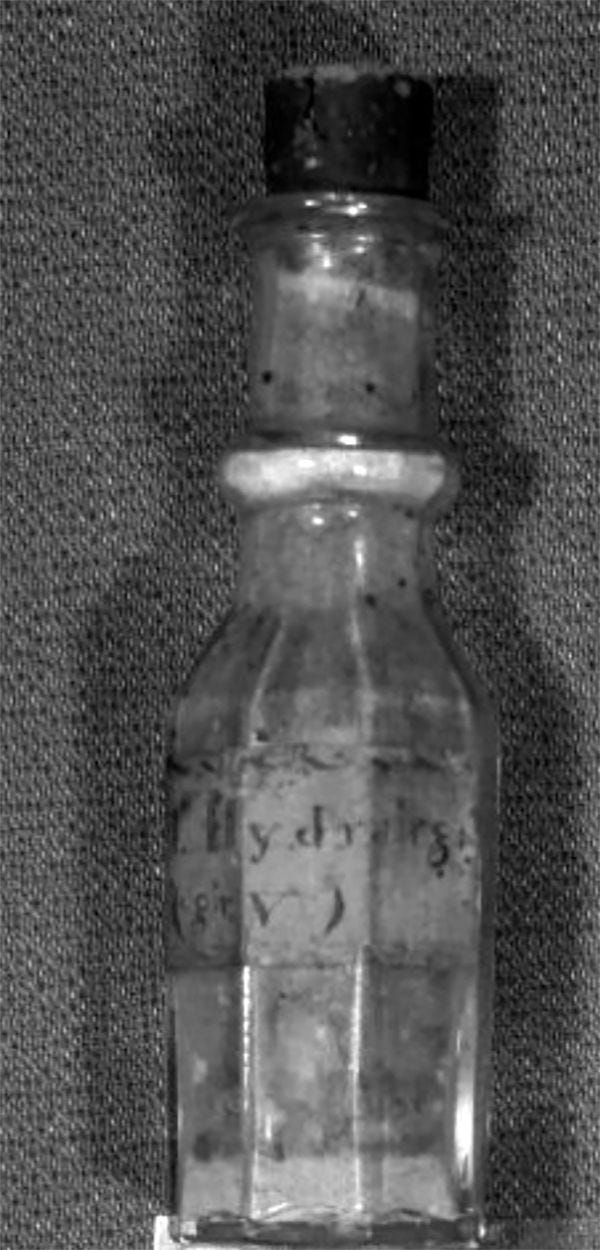
4. Thiomersal (Thimerosal)
Usage: A mercury-containing preservative used in vaccines and other pharmaceuticals to prevent bacterial contamination.
Pharmaceutical Companies: Various manufacturers including Eli Lilly and Company.
Time Period: Introduced in the 1930s, still used in some vaccines, though phased out in many regions.
Toxicity: Contains ethylmercury, which is supposedly less toxic than methylmercury but still raises concerns about mercury exposure, particularly in infants and children.

6. Ammoniated Mercury (White Precipitate)
Usage: A topical treatment for skin infections and psoriasis.
Pharmaceutical Companies: Used by various pharmaceutical companies in the 19th and early 20th centuries.
Time Period: 19th to early 20th century.
Toxicity: Like other mercury-based medicines, prolonged use caused mercury toxicity, resulting in neurological and renal damage.
The Mad Hatter's Dark Legacy: Mercury and Top Hats
In the 18th and 19th centuries, hatmakers unwittingly crafted more than just stylish top hats—they also created a notorious health hazard that gave rise to the phrase "Mad as a Hatter." To produce the sleek felt needed for fashionable headwear, hatters used mercuric nitrate, unknowingly poisoning themselves in the process. As they worked, inhaling mercury vapor day after day, they developed a range of bizarre symptoms, from trembling hands and slurred speech to wild mood swings and hallucinations—later dubbed "mad hatter disease."
The condition was so rampant among hatmakers that it became a symbol of occupational madness, immortalized in literature through characters like Lewis Carroll’s "Mad Hatter" in Alice’s Adventures in Wonderland. It wasn't until the late 19th century that the deadly effects of mercury became widely understood, and the toxic practice was finally abandoned. But by then, the damage had been done—leaving a haunting legacy of fashion’s darker side hidden beneath the brim of every stylish top hat. (This video is definitely worth watching. Ignore the guy’s monotone voice and try to get through it. Very interesting info.)
Mercury-Releasing Dental Fillings: History, Health Risks, and Concerns About Modern Dental Practices
Mercury-containing dental fillings, particularly silver amalgams, have been used in dentistry since the early 1800s. These fillings, introduced by British chemist Bell in 1819 and further developed by the Crawcour brothers in the 1830s, became popular due to their affordability and ease of use compared to the more expensive alternative of gold. While the American Dental Association (ADA) initially opposed amalgams due to mercury toxicity concerns, by the mid-1850s they were widely accepted. The U.S. Food and Drug Administration (FDA) later approved their continued use, though the FDA has recently recommended limiting their use for high-risk groups, such as pregnant women and children.
Mercury exposure from these fillings has been widely reported, with potential health risks including impacts on the brain, kidneys, and immune system. Many people are already familiar with these dangers due to numerous articles highlighting the issue. Given the well-known risks, there's little need to elaborate further. The best advice remains simple: avoid getting mercury-based fillings, and if you already have them, consider consulting a professional for safe removal.
Today, despite concerns, about 50% of adults in the U.S. still have mercury amalgam fillings, particularly those from older generations. While alternatives like composite resin have become more common, older fillings still pose risks as they release mercury vapor over time. Globally, some countries have reduced or banned the use of mercury fillings, especially following the 2013 Minamata Convention on Mercury (another United Nations/World Health Organization connected think tank where the very organizations who historically have caused the problems want to act like they are providing the solutions in the name of global health), which aimed to curtail mercury usage for health and environmental reasons.
Beyond mercury, many have started to question the legitimacy of modern dentistry as a whole, viewing it as a largely fraudulent field. There are growing beliefs that many dental procedures, including fillings and root canals, may be unnecessary or even harmful. Some argue that dental decay and damage can be reversed naturally without invasive procedures. Studies and evidence suggest that people have been able to regrow teeth or repair cavities using certain practices, such as exposure to specific frequencies (sound or electromagnetic), the use of mineralized toothpaste, and maintaining a diet low in processed, high-sugar foods.
This approach posits that, with proper nutrition and holistic care, the body can naturally re-mineralize and heal teeth, rendering much of modern dental work avoidable.
Given these perspectives, the dental industry has been scrutinized not just for the health risks associated with certain materials like mercury, but for promoting treatments that some believe are not always in the patient’s best interest. The push toward more natural, preventative care and alternative methods for tooth regeneration offers a different way to view dental health—one that challenges the mainstream reliance on invasive dental procedures.
Arsenic: Proof That Not All "Miracles" Are Created Equal
Arsenic, too, was introduced as a “miracle cure” for syphilis in the early 20th century with the creation of Salvarsan, hailed as a medical breakthrough. But like mercury, arsenic was anything but safe. It caused severe side effects like skin eruptions, liver damage, and nerve degeneration—once again, symptoms that closely mirrored those of syphilis itself.
The medical community's reliance on these metals had tragic consequences. Rather than curing diseases, mercury and arsenic often exacerbated symptoms or introduced new, even deadlier problems (and was more than likely causing the original issue). Yet, these metals were pushed as standard treatments for decades, suggesting that there may have been deeper motivations at play than just medical advancement.
Here’s a list of some of the arsenic-based medicines used throughout history, along with their applications:
1. Fowler’s Solution (Potassium Arsenite Solution)
Pharmaceutical Company: Originally formulated by Thomas Fowler in 1786. No single company is tied to its production in the 19th century, as it was commonly prepared by various apothecaries and physicians.
Usage: Used to treat asthma, eczema, psoriasis, and as a general tonic.
Toxicity: Chronic use led to arsenic poisoning, with symptoms such as skin changes, gastrointestinal issues, and neurological problems.
Discontinuation: Fell out of favor in the late 19th to early 20th century as its toxic effects became widely recognized and safer alternatives emerged.
2. Salvarsan (Arsphenamine)
Pharmaceutical Company: Hoechst AG (now part of Sanofi).
Time Period: Introduced in 1910, widely used until the 1940s.
Usage: Treated syphilis, replacing toxic mercury-based treatments.
Toxicity: Less toxic than mercury treatments but still had significant side effects, including liver damage.
Discontinuation: Phased out in the 1940s, when penicillin was found to be a more effective and safer treatment for syphilis.
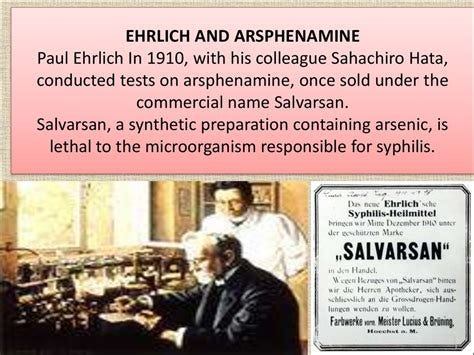
3. Neosalvarsan (Neoarsphenamine)
Pharmaceutical Company: Hoechst AG.
Time Period: Introduced in 1912 as an improvement upon Salvarsan.
Usage: A derivative of Salvarsan, used for syphilis and trypanosomiasis.
Toxicity: Slightly less toxic than Salvarsan but still carried risks of liver damage.
Discontinuation: Like Salvarsan, it was replaced by penicillin in the 1940s due to its superior efficacy and lower toxicity.
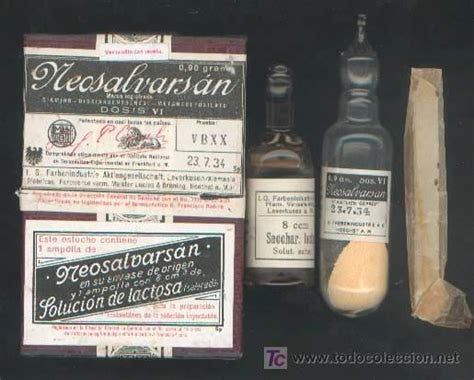
4. Arsenic Trioxide
Pharmaceutical Company: Trisenox® (modern formulation by Teva Pharmaceuticals).
Usage: Historically used to treat various ailments. Today, it is used as a chemotherapy agent for acute promyelocytic leukemia (APL).
Toxicity: High risk of arsenic poisoning, but its use in cancer treatment is closely monitored.
Discontinuation: Arsenic Trioxide continues to be used today for certain types of cancer, though it is no longer used for the general medical purposes it served in the past.
5. Arsenous Acid
Pharmaceutical Company: No single manufacturer; it was commonly used in various medical concoctions in the 18th and 19th centuries.
Usage: Treated fevers, chronic ulcers, and skin diseases.
Toxicity: Extremely dangerous with prolonged exposure, leading to liver, kidney, and nervous system damage.
Discontinuation: Phased out in the late 19th century as its toxic effects became better understood and safer treatments were developed.
6. Paris Green (Copper(II) Acetoarsenite)
Pharmaceutical Company: Primarily an industrial product used for pest control, not produced by a pharmaceutical company.
Usage: Occasionally used to treat syphilis and malaria in the 19th century, but primarily known as an insecticide.
Toxicity: Highly toxic, causing severe poisoning and death when improperly used.
Discontinuation: Its use in medicine was largely abandoned by the early 20th century due to its extreme toxicity, though it continued to be used as an insecticide for some time.
The Toxic Legacy of Scheel Green and Napoleon Bonaparte
Scheel Green and Paris Green are both toxic copper-based pigments containing arsenic, but differ in composition, with Scheel Green being copper(II) arsenite and Paris Green as copper(II) acetoarsenite. The connection to Napoleon Bonaparte's death lies in his exile residence on Saint Helena, where walls painted with Scheel Green potentially released toxic arsenic vapors over time. As Napoleon's health declined, he exhibited symptoms consistent with arsenic poisoning, prompting speculation that chronic exposure to the pigment contributed to his demise in 1821, although debates continue regarding the exact cause of his death, with theories ranging from stomach cancer to other natural causes. How many other people did Scheel Green make sick or kill?
7. Atoxyl (Sodium Arsanilate)
Pharmaceutical Company: Developed by Paul Ehrlich’s laboratory, not directly tied to a specific pharmaceutical company.
Usage: Treated sleeping sickness (trypanosomiasis) in Africa.
Toxicity: Caused serious side effects, including blindness and arsenic poisoning.
Discontinuation: Discontinued in the early 20th century as its severe side effects, particularly blindness, became more apparent, and better treatments were sought.
8. Asiatic Pills (Arsenic Pills)
Pharmaceutical Company: Asiatic pills were sold by various apothecaries; no specific company is associated with it.
Usage: Promoted as a treatment for malaria, syphilis, and even diabetes (even though research indicates that arsenic exposure is correlated with Type 1 diabetes) in the 19th century.
Toxicity: Contained arsenic, leading to significant health risks, including arsenic poisoning.
Discontinuation: Largely discontinued by the late 19th century as its toxic effects became known and safer treatments were introduced.

Historical Uses of Mercury, Arsenic, and Other Heavy Metals in Paint, Textiles, Fashion, and Makeup
Throughout history, mercury, arsenic, and other heavy metals were prized for their vibrant colors and unique properties in paint, textiles, fashion, and makeup, captivating artists and consumers alike.
Mercury was a key ingredient in the rich red pigment known as vermilion, which adorned everything from Renaissance masterpieces to lavishly decorated interiors.
Arsenic, on the other hand, contributed to the eye-catching greens of the Victorian era, notably in “Scheele’s Green” wallpaper that became synonymous with opulence, even as it posed hidden dangers. In the realm of textiles, these metals added striking hues to fabrics, making them highly sought after by the fashionable elite. Furthermore, in the world of cosmetics, lead-based whites and arsenic-laden powders promised a pale, delicate complexion, embodying the beauty ideals of their time, despite the severe health risks they entailed. These toxic treasures illustrate a fascinating yet perilous chapter in the history of aesthetics, where the allure of color often overshadowed the dark consequences of their use.
Taking all of these extremely toxic practices utilized in every aspect of life, can we really think that infamous epidemics and plagues were truly caused by germ theory based etiologies like we are told?

The Tuskegee Experiment: A Dark Chapter in American Medicine
One of the most notorious medical experiments in U.S. history, the Tuskegee Syphilis Study, offers a chilling example of how marginalized populations have been exploited in the name of "public health." From 1932 to 1972, the U.S. Public Health Service conducted a study on African American men in rural Alabama, ostensibly to observe the natural progression of untreated “syphilis”. However, the men were told they were being treated for “bad blood,” a vague term that covered a variety of ailments, and were never given penicillin, even after it became the standard treatment for their supposed “syphilis” in the 1940s.
While the official narrative of the Tuskegee Study frames it as an investigation of “syphilis”, a deeper look into the context of the time raises some unsettling questions. Mercury and arsenic had been used as “syphilis” treatments for centuries, and many of the participants in the study were sharecroppers working in fields treated with mercury- and arsenic-based pesticides. These metals can cause symptoms remarkably identical to syphilis—lesions, tremors, and neurological issues. Were the men in the study suffering from untreated “syphilis”, or were they victims of chronic mercury and arsenic poisoning in connection to a eugenics or population control study that were at prevalent during that time?
This possibility casts the study in an even more sinister light. The researchers, in collaboration with the Tuskegee Institute, regularly drew blood, performed spinal taps, and conducted autopsies, yet they failed to provide the life-saving treatment of penicillin. Why? Was this really about studying syphilis, or was the experiment part of a broader agenda—one that included studying the effects of toxic exposure on a vulnerable population?

Eugenics and Population Control: A Hidden Agenda?
The Tuskegee Study occurred during a time when eugenics was at its height in the United States. Eugenics programs sought to control reproduction, often targeting "undesirable" groups like African Americans, the poor, and the disabled. In this context, the Tuskegee Study seems less like a medical oversight and more like a calculated act of eugenics and population control.
Reproductive Rights or Reproductive Wrongs?
Could the Tuskegee Experiment have been part of a larger, covert eugenics program? Was it really about syphilis, or was it an opportunity to observe the long-term effects of mercury and arsenic exposure on a marginalized group of people deemed “undesirable” by those in power? And can we really trust today that we are being told the truth by anyone involved in the experiment when they did nothing but lie and deceive people for over 40 years in the first place?
Mercury in Birth Control: The Secret History of Reproductive Experiments
Mercury wasn’t just used in the treatment of diseases—it also played a role in reproductive health, albeit in deeply troubling ways. Mercury was once used as an abortifacient, a substance to induce miscarriages, long before the development of modern birth control methods. The Cu-7 IUD, one of the most well-known copper-based contraceptives, became popular in the mid-20th century. But given the history of unethical experimentation on marginalized populations, it’s worth questioning whether all IUDs were truly free from harmful substances like mercury. Could these devices have been part of a broader eugenics program aimed at controlling reproduction in certain groups?

Mercury and Arsenic in Agriculture: The Hidden Dangers
During the early 20th century, many of the men involved in the Tuskegee Study worked in agriculture, a field rife with mercury- and arsenic-based pesticides. Compounds like Paris Green and lead arsenate were widely used to control pests, while mercury-based substances like Uspulun and phenylmercury compounds were used as a a fungicide, mildewcide, or pesticide. These toxic substances were also used for malaria control in these areas (along with DDT and many other harmful chemicals). This agricultural exposure is significant because it suggests that the men in the study may have been continuously exposed to toxic substances simply through their work.

Could the symptoms attributed to syphilis in the Tuskegee men have been compounded—or even caused—by chronic exposure to mercury and arsenic? This possibility raises serious questions about the true nature of the study and the role that environmental toxins played in the health of these men.

A Deeper Conspiracy: Mercury, Arsenic, and Population Control
Mercury was effective in treating “leprosy” (Hansen's disease) in the Middle Ages—and it was thought that syphilis was related to leprosy. Mercury and arsenic weren’t just used in Western medicine; they were also employed as treatments in colonial India, where mercury was used to treat leprosy. Administered by British colonial authorities, these treatments often did more harm than good, causing poisoning and death (and again probably caused the original illness). Was this another form of population control? Given the imperialistic and eugenics-driven mindset of the time, it’s plausible that mercury treatments were part of a broader strategy to control "undesirable" populations.
The First Documented Case of Syphilis: A Case of Heavy Metal Poisoning?
The first documented outbreak of syphilis in Europe occurred in the late 15th century, during the Italian Wars. Soldiers who fought in these wars developed severe skin lesions, neurological symptoms, and organ failure—symptoms strikingly similar to those caused by mercury and arsenic poisoning. Given that mercury and arsenic were already in use at the time, it’s worth considering whether these early cases of "syphilis" were actually deliberate cases of heavy metal poisoning.

Mercury in Modern Medicine: Can We Trust What We’re Told?
Today, the debate over mercury continues, particularly in the context of vaccines. Thimerosal, a mercury-based preservative, has been used in vaccines for decades, though it has been largely phased out in the U.S. due to concerns about mercury exposure. However, recent revelations, such as those from Dr. Poornima Wagh and her team, suggest that the COVID-19 mRNA vaccines contain massive amounts of heavy metal contaminants that aren’t listed on the ingredient’s list. If true, this raises serious concerns about the safety of these vaccines and the transparency of pharmaceutical companies and regulatory agencies (many who can be connected back to Tuskegee Gate).
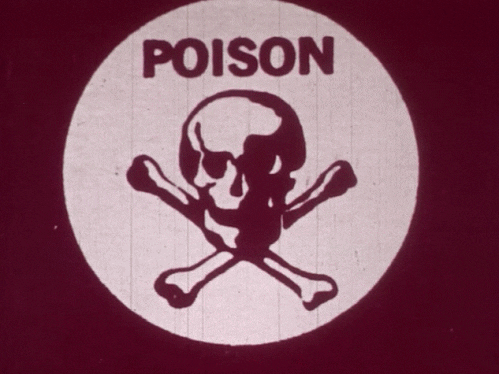
Given the long history of unethical medical experiments and the widespread use of toxic substances like mercury and arsenic in both medicine and agriculture, how can we be sure that modern vaccines and pharmaceuticals are safe? Are we being misled once again, just as we were with the Tuskegee Study and the use of mercury and arsenic for a host of health issues for centuries?
The Dark Legacy of Mercury and Arsenic
The use of mercury and arsenic in medicine and agriculture has left a dark and disturbing legacy of suffering and death. Could the Tuskegee Experiment, once thought to be solely about studying the effects of “syphilis” have actually been part of a broader agenda to study the effects of mercury and arsenic poisoning on marginalized populations for population control or eugenics based science? Today, the debate over mercury’s safety and other heavy metals continues, particularly in the realm of vaccines and pharmaceuticals.
Given the long history of deception and exploitation in medicine, our government and health agencies, we must question whether we are truly being protected or whether we are still, in some ways, the subjects of experimentation that are still using these substances without our knowledge or consent.

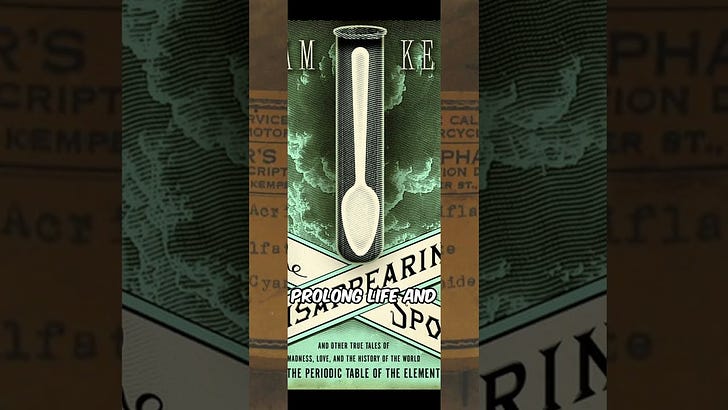



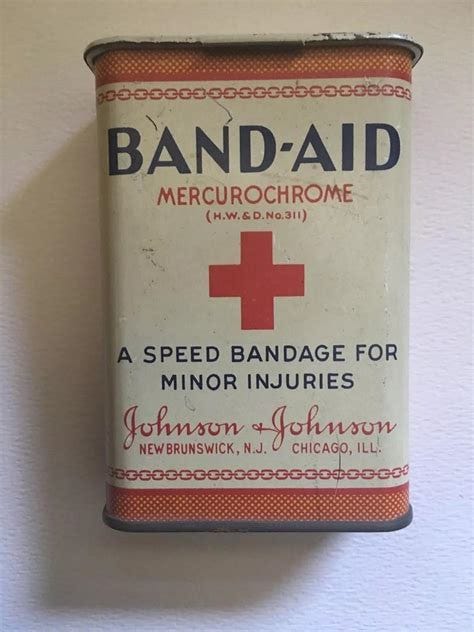
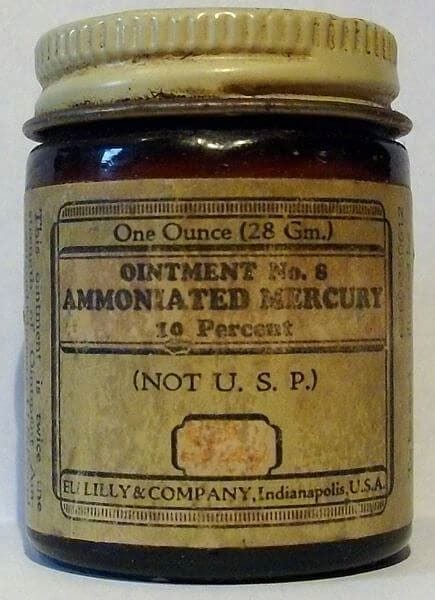
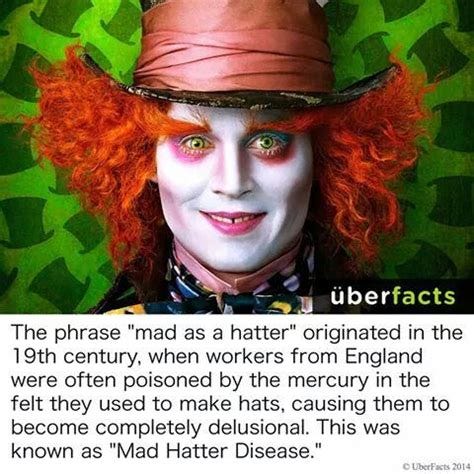
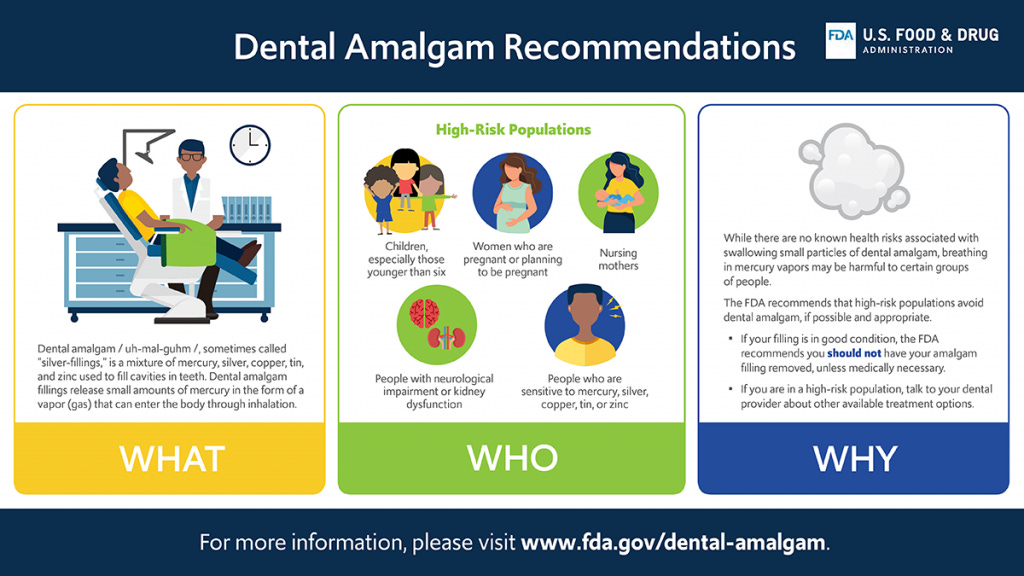
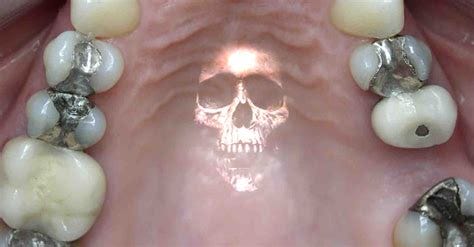
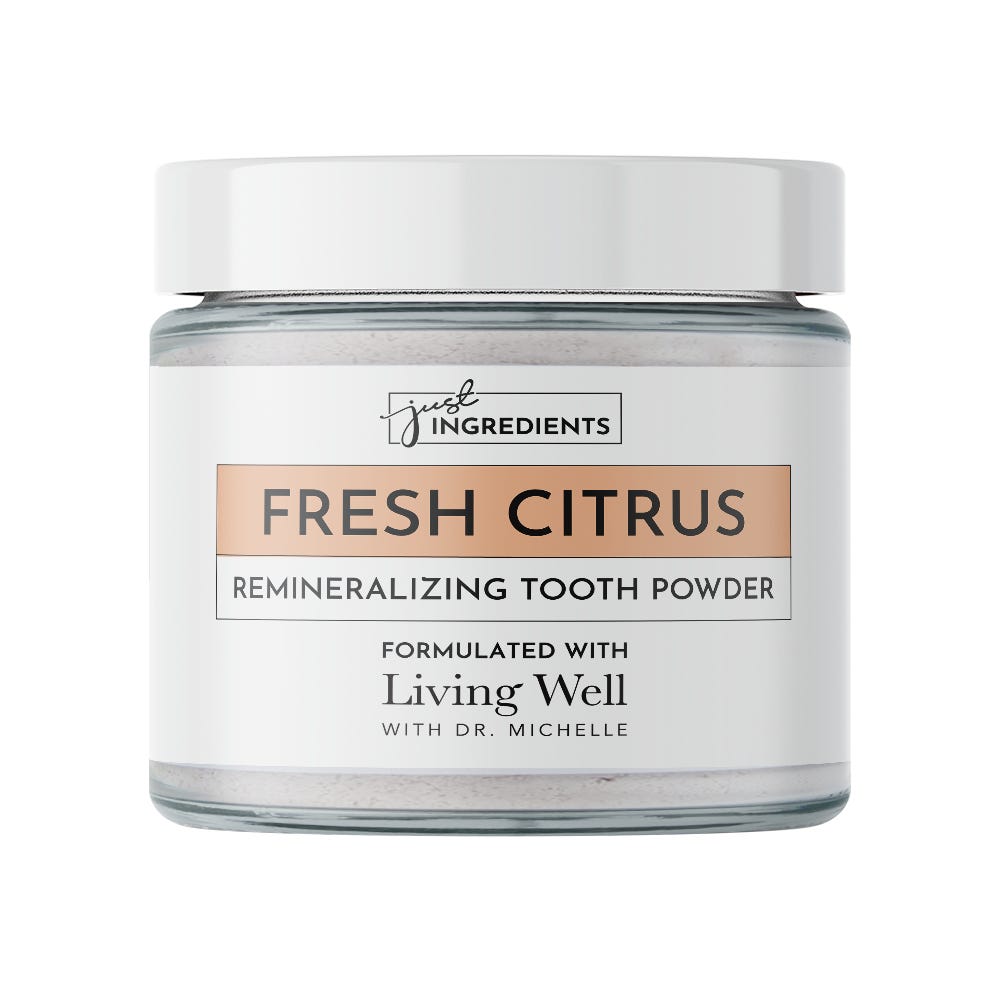


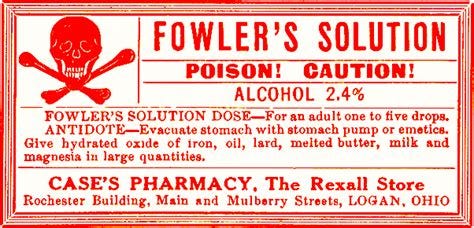
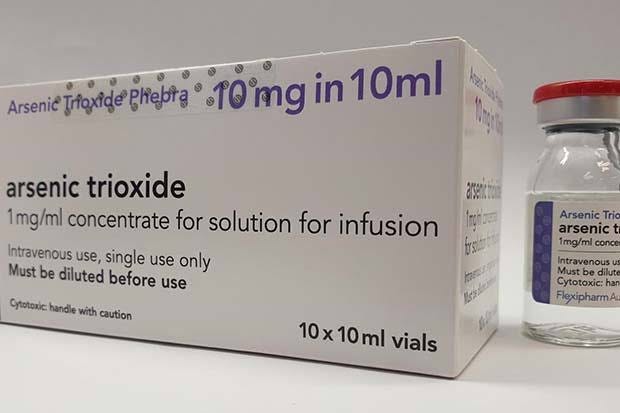
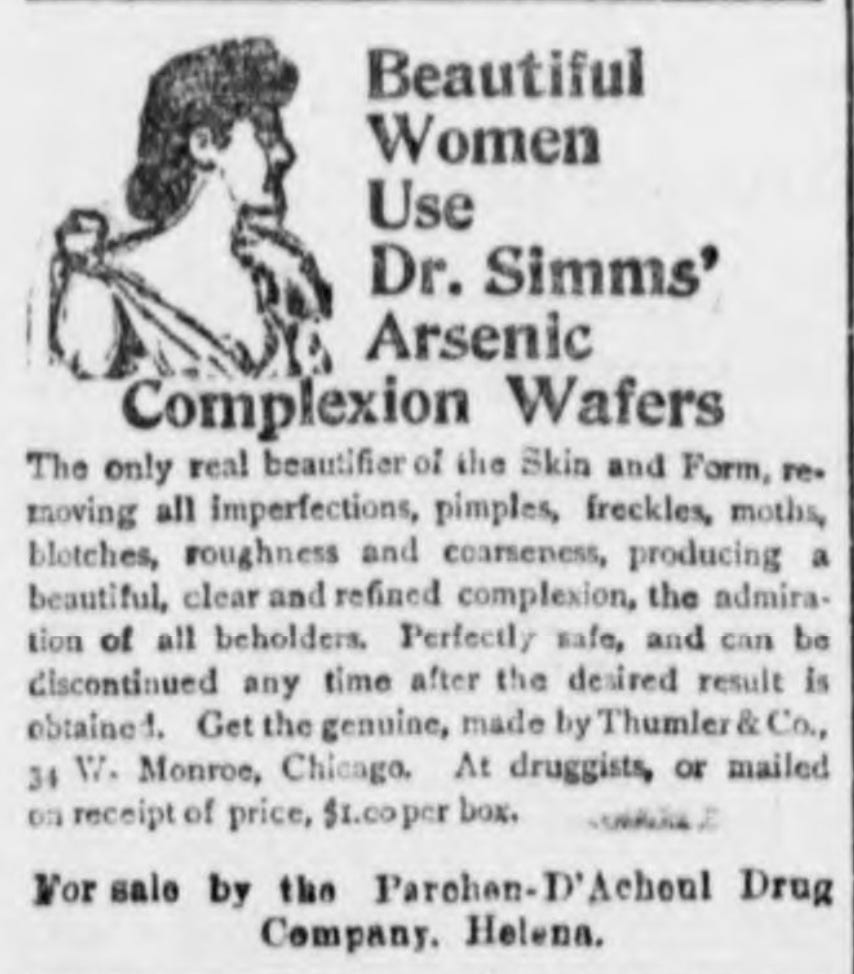
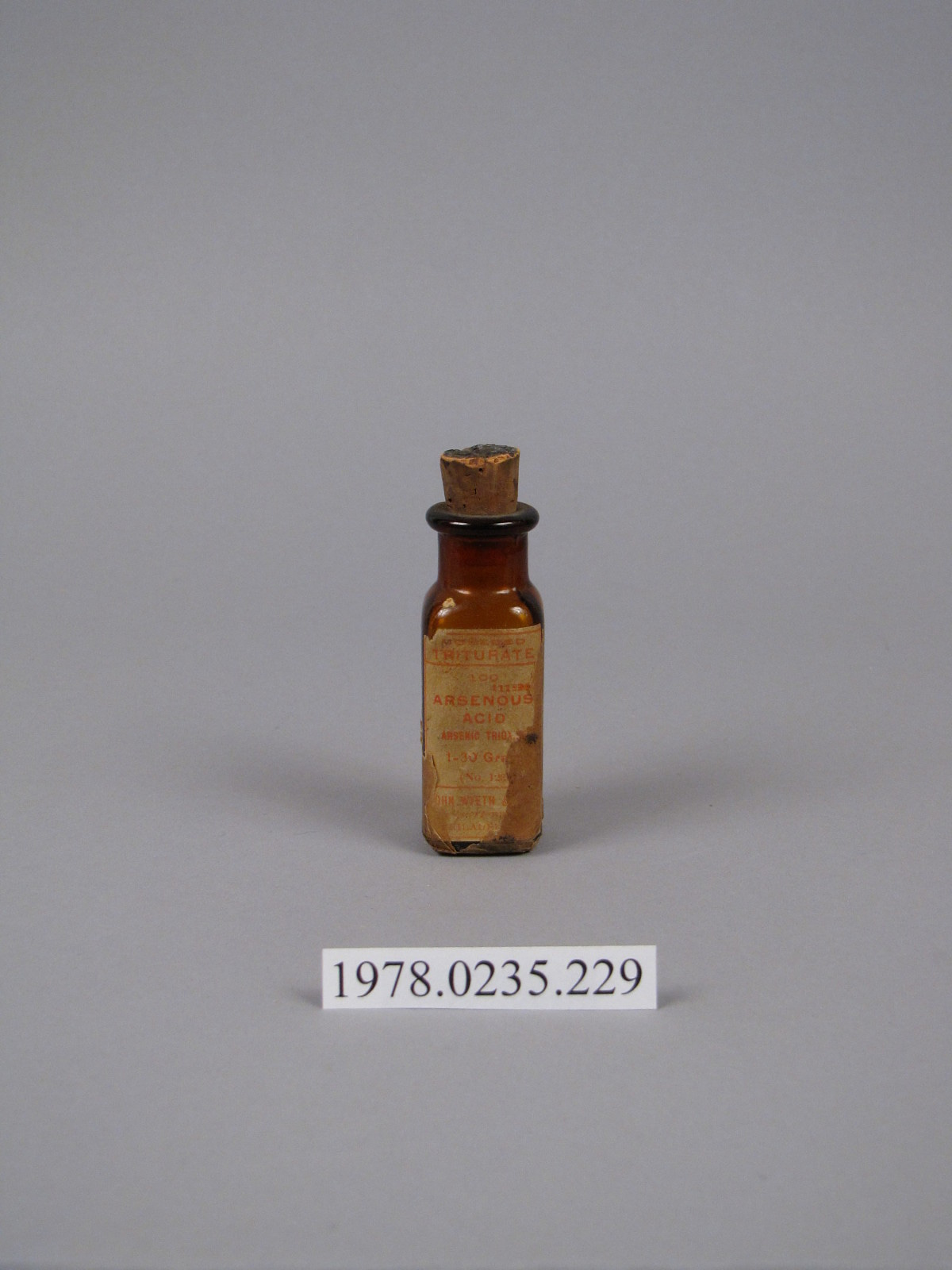
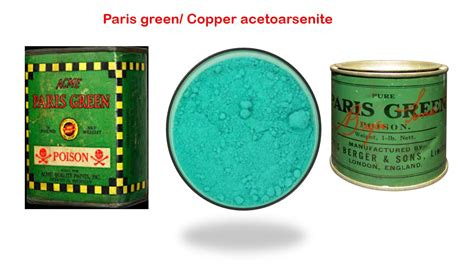
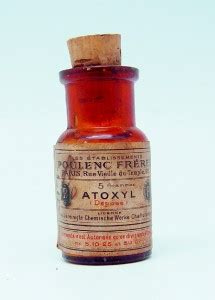





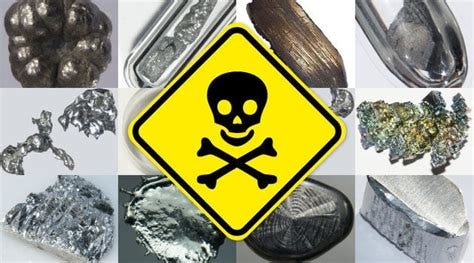

Have you read Everything Below the Waist by jennifer Block? Seeing the copper IUD made me think of it…it’s an excellent resource. I think every woman should read it. She digs into the implementation of IUDs and their eugenic roots.
Great work!
The entire pharmaceutical field is a minefield of poisons. They have had the funding to pretty much do what they want due to everyone's continued belief that their products actually work. But treating symptoms is not a cure!
One thing more devious than these so-called cures is the vitamin industry. They pull you in to the death cult. Check out agent131711 if at all interested.